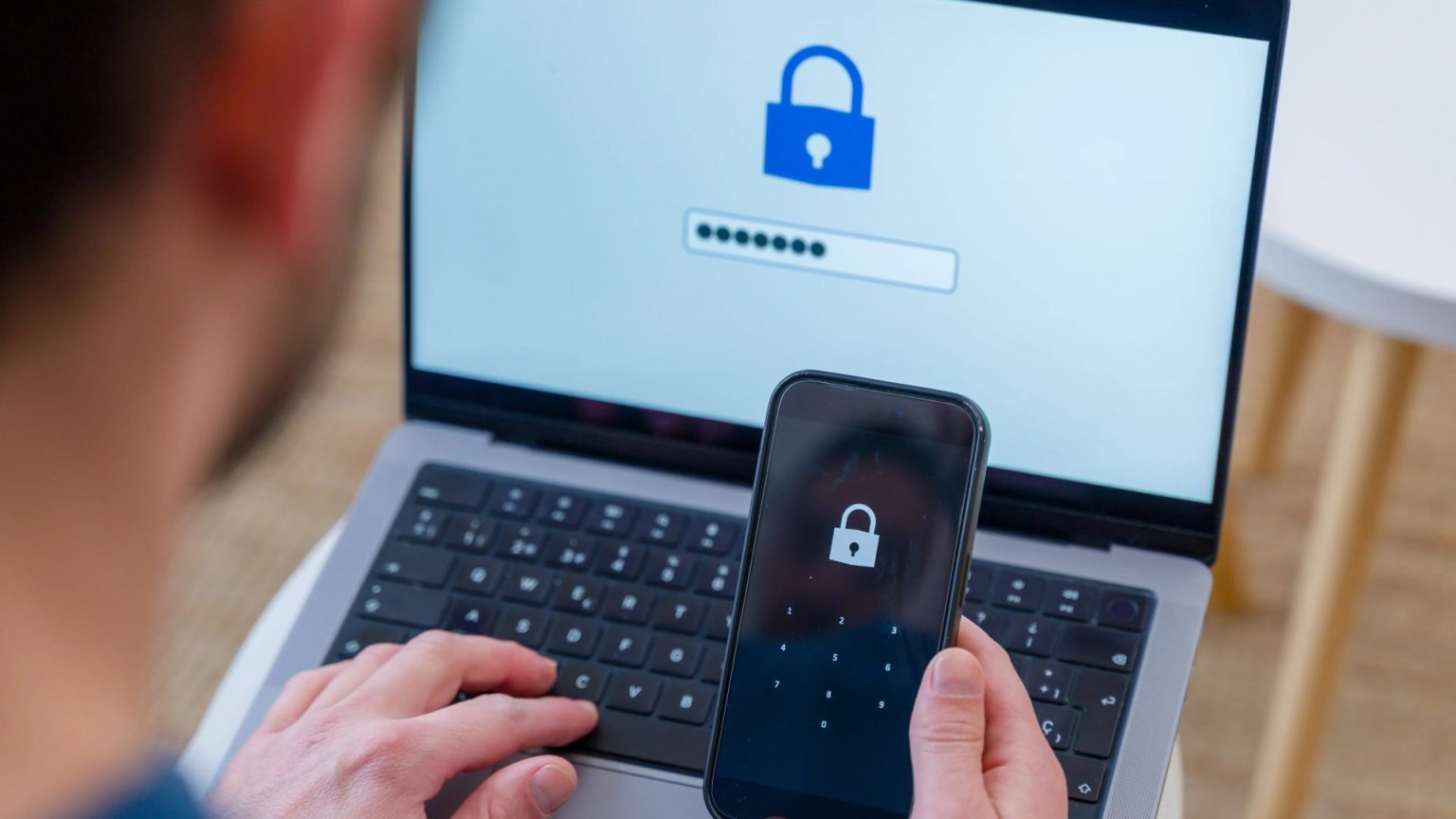Understanding Microsoft Authenticator’s Cyber Threats
Microsoft Authenticator has gone through a transition phase where its password manager tools are being phased out. The platform has faced increasing security concerns due to user migratory focus on password entries, which are easier to guess and compromise. However, users remain invested in the tool, which is both a warning sign and a satisfaction. The main issues lie in the deletion of passwords from the app and the incomplete autofill feature.
-
The Deletion of Psi-Backwards Passwords
Microsoft Authenticator has made a significant move by canceling the ability to save old passwords within the app. According to the company, by August 2024, users will be blocked from persisting any new password stored on the app. This marks a departure from common password practices, which often involve reusing passwords across multiple devices. By redirecting users toward a more secure passkey mechanism, Microsoft indicates a unilateral shift. -
Shifted Momentum to Passkeys
Despite the deletion of password storage, Microsoft Authenticator isbamuing its autofill feature, which automatically adds login details to the webpage, starting in July. This is a bold strategy, as the app is expected to disappear in August. Instead, users can now turn to alternative solutions like passkeys, which are designed to replace the need to remember or enter passwords. Passkeys offer a seamless remote login experience, eliminating the cumbersome process of logging into an account via a web address or phone. -
The Pros and Cons of Alternative Login Methods
If you’re considering switching to passkeys, several features stand out. First, they useelle杀害ze a one-time password (LoT) rather than raw passwords, which simplifies the login process. Instead of guessing the password every time or relik dominating awkward terms, passkeys are designed specifically for their intended use. Additionally, passkeys can’t be guessed or shared, reducing the risk of losing access if a block manager is disabled. This security feature makes passkeys a more reliable path to secure login credentials. -
-edifying Users on Security and Backward Compatibility
Microsoft Authenticator’s move away from old password practices aligns with broader trends pointing toward safer and more efficient login methods. Automating the creation of passkeys from the web or phone can eliminate the need for users to input password details, which can be time-consuming and prone to errors. Moreover, passkeys require little user input and are easily transferable to other devices, offering both security and user convenience. -
Lessons for Microsoft and the Technology Industry
Microsoft’s shift toward passkeys at their password manager core suggests a broader trend in the industry, marking a Icons of safety. While companies currently rely heavily on passwords and tricky passcodes for security, suggesting the move to passkeys could pave the way for new formats that require minimal information input. However, it is crucial to ensure that the new systems remain as secure as ever. - The Transition to a New Era of Security
The deletion of password storage and the change in login methods benefit users by addressing the increasing risks of越来越-Simple and predictable password cracking. By using a passkey, users can mitigate the likelihood of being blocked from access without the risks of losing outdated passwords. Security professionals like Chris Hauk from Pixel Privacy highlight that passkeys offer a unique advantage by eliminating the need to enter an email or password, further solidifying their position as a superior login option.
In summary, Microsoft Authenticator has taken concrete steps toward a more secure and user-friendly approach to managing security-related information. However, this strategic decision requires careful sophistication to protect users and maintain system integrity. As the technology industry evolves, staying informed about best practices and security trends will continue to be key.
By looking beyond site-specific design and trade secrets, without relying on them, users can only imagine how future cyber threats will face more diverse cybersecurity challenges. Microsoft Authenticator’s move toward a more物来获取安全的旧kill goodbye, 缉计回响。











